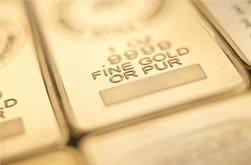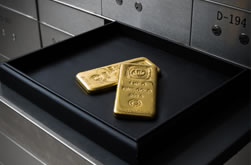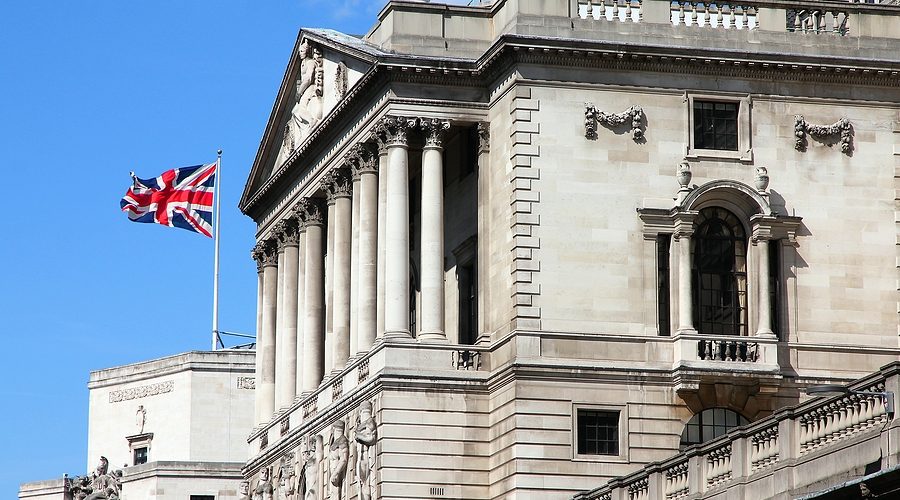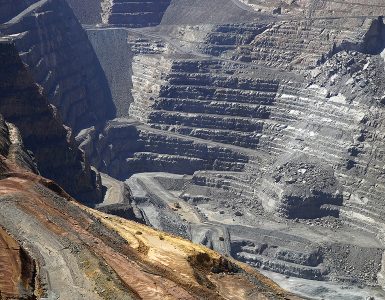According to new data compiled by the World Gold Council, Central banks’ appetite for gold remained strong in July.
In total, the world’s central banks added a net 37 tons of gold to their reserves, bringing total purchases for the year to nearly 300 tons. Qatar was the biggest buyer of gold in July adding 14.8 tonnes to its reserves. According to the WGC, this appears to be the biggest increase over one month on record, dating back to 1967.
Qatar’s gold reserves currently stand at 72 tonnes, or 10% of total reserves. This is the highest recorded for the country in terms of tonnage. India has been buying gold steadily for several months and stepped things up in July by buying as much as 13.4 tonnes. This is the largest increase the Reserve Bank of India’s has had since September 2021. India currently has 781 gold reserves, making it the ninth most gold rich country in the world. Since resuming purchases at the end of 2017, the Reserve Bank of India has bought more than 200 tonnes of gold. In August 2020, it was reported that the RBI is planning to increase its gold reserves.
Other major gold buyers include Turkey. Over the past year, the Central Bank of Turkey added 11.6 tons of gold to its reserves in July. Turkey bought 75 tons in 2022. Uzbekistan continued to add its gold reserves by buying 8.7 tons of gold. It has added about 9 tonnes of gold to its reserves in the last four months. Gold reserves represent more than 60% of Uzbekistan’s total reserves.
National Bank of Kazakhstan was the only known customer in July. The National bank of Kazakhstan sold 11 tons. Total gold reserves in the country are currently at 373 tons representing 64% of total reserves. The central bank bought 270 net tons of gold in the first half of the year. This corresponds to a five-year average for the first half of 266 tonnes.
The central bank added 463 gold coins to the world’s reserves in 2021. It is 82% more in 2020.
The WGC study found that “gold’s role during the crisis and its role as a long-term store of value/margin against inflation were key factors in central bankers’ decisions to hold it.”
Last year marked the 12th consecutive year of net purchases. During this period, the central bank bought a total of 5,692 tonnes of gold.
After record years in 2018 and 2019, the world’s central bank’s gold purchases decreased in 2020 with net purchases totaling 273 tons. The decrease in purchases in 2020 is expected to increase the central bank’s purchasing power in 2018 and 2019. The economic crisis caused by the coronavirus pandemic also affected the market. Gold demand from central banks stood at 650.3t in 2019. This is the second highest yearly purchase of gold in 5 decades, it came below the 656.2 tonnes of the 2018. According to the WGC, 2018 marked the highest level of annual gold purchases by the central bank since the suspension of the dollar to gold exchange in 1971, and the second highest annual total on record.
Source 1: https://www.gold.org/goldhub/gold-focus/2022/09/central-banks-appetite-gold-continues-julySource 2: https://www.gold.org/sites/default/files/documents/gold-investment-research/the_impact_of_inflation_and_deflation_on_the_case_for_gold.pdf






